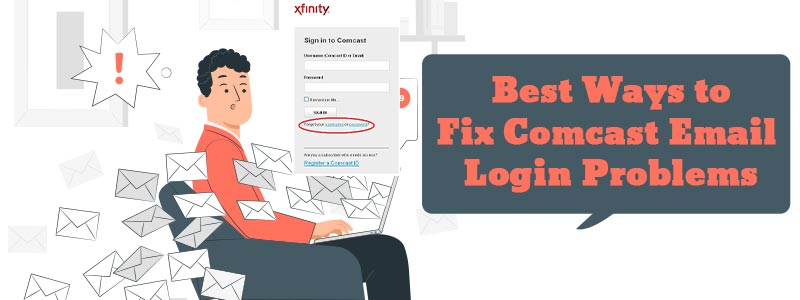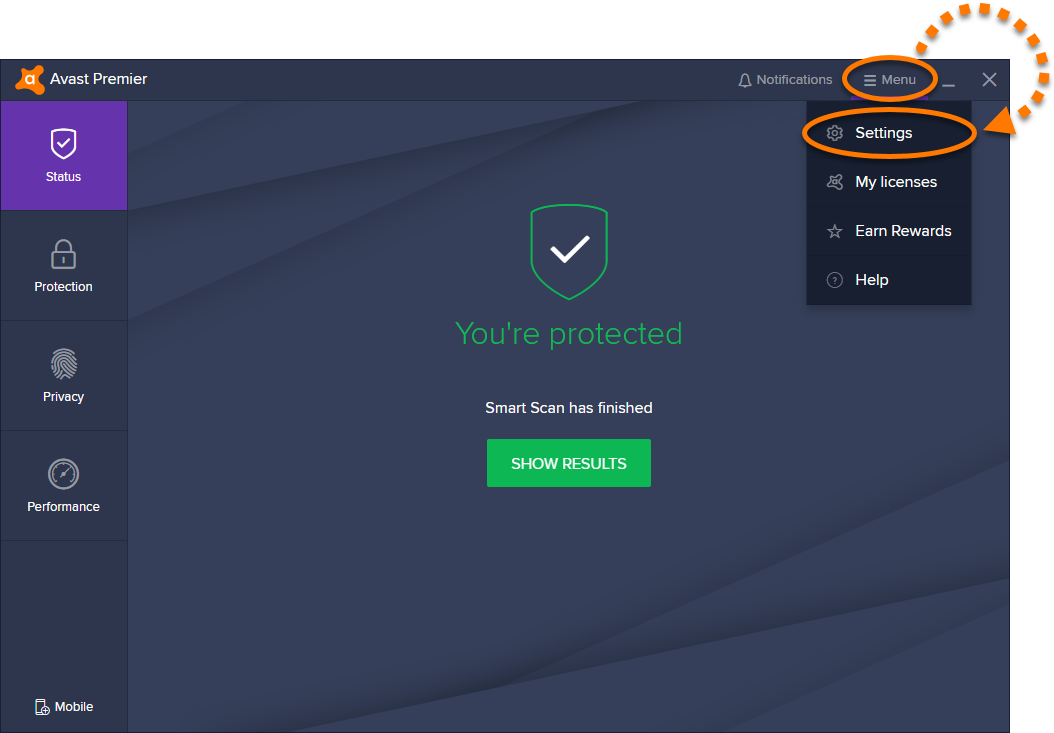

- #COMCAST EMAIL SERVER SETTINGS FOR AVAST HOW TO#
- #COMCAST EMAIL SERVER SETTINGS FOR AVAST ANDROID#
- #COMCAST EMAIL SERVER SETTINGS FOR AVAST WINDOWS#
Yes, same settings as my incoming mail server The mail server settings are valid for every email client application that supports the POP3, IMAP or Active Sync protocols, no matter the platform (Windows, Mac, iOS, Android, etc). Mail Server: s. (if it doesn’t work, also try m.)Īlso, mark the box to use TSL/SSL for the server connection. On the next screen, choose “ or Exchange ActiveSync compatible service” and enter the following Active Sync server settings: When you add the account to Outlook 2013, on the first screen make sure you select “Manual setup or additional server types”. Active Sync SettingsĪctiveSync lets you send, receive & synchronize not just your emails, but also your calendar, contacts or tasks.
#COMCAST EMAIL SERVER SETTINGS FOR AVAST ANDROID#
You can use the same IMAP server settings for any other email app, including iOS or Android Email apps.

Incoming server (POP3): port 993 – you must also mark the box “this server requires an encrypted connection (SSL)” You have to follow exactly the same procedure as above, except that you need to select IMAP as your email account type (and not POP). You can use the same POP server settings for any other email app, including iOS or Android Email apps. Outgoing server (SMTP): port 587 – you must also choose “TLS” for the option “Use the following types of encrypted connection”. Incoming server (POP3): port 995 – you must also mark the box “this server requires an encrypted connection (SSL)” Outgoing Server tab: mark the box “My outgoing server (SMTP) requires authentication” and select “use same settings as my incoming mail server”. Then click on the “ More Settings” button: On the next screen, choose “POP or IMAP” and enter the following mail server settings in the Server Information fields:
#COMCAST EMAIL SERVER SETTINGS FOR AVAST HOW TO#
We will explain below how to add your email account to Outlook 2013 – the mail server settings are the same for all email client applications, as long as they support the related email protocol (for example, ActiveSync is supported mainly by Microsoft products like Outlook 2013). Later edit (): Microsoft added support for the IMAP email protocol, from 12th of September 2013. Depending on your email client application, you can add & configure your email account as a POP3 account or as an ActiveSync / Exchange service.
#COMCAST EMAIL SERVER SETTINGS FOR AVAST WINDOWS#
To do so, you need to know the mail server settings.īasically, you can add your account to any email client that supports POP3 or IMAP, like Microsoft Outlook Professional, Windows Mail, Android or iOS mail apps, etc. And – just like Gmail – you can configure your favorite email client to send & receive emails through your email account. If you need more IP addresses, you can purchase IP addresses in your Account Management Panel (AMP). is designed by Microsoft as an alternative to Google Gmail. You can also get this information by checking your email account settings within your respective email application. Server IP Address from cPanel or WebHost Manager (WHM) (VPS / Dedicated customers only).Generally, you’ll need to provide some of the following: Important Email Settings You’ll need to contact your VPN provider for the information they require to whitelist your outgoing email. Webmail uses port 2095 (insecure) or 2096 (secure / SSL) in your browser along with port 80 (insecure) or 443 (secure). Your email app uses different ports which your VPN can allow or deny within it’s network firewall. In the Edit Email Info screen go to the SMTP Server Details section and set the server name and port to your email. Under My Preferences, select the email account you are using, then select Edit. From the QuickBooks Edit menu, select Preferences. It’s the same reason we recommend customers follow our article for strengthening overall email authentication and recommend VPS Hosting customers create an IP address pointer (PTR) record. Solution 2: Check the settings in the web mail preferences. Such activities result in VPN providers’ IP’s being blacklisted and hurt their service quality. VPN providers want to prevent malicious users from using their services and IP addresses to send spam and other unsolicited types of emails. The reason for this is simple – security. If your network and firewall aren’t blocking email ports – SMTP (25), POP3 (110 and 995), and IMAP (143 and 993) – it’s likely your VPN restricting your ability to send emails via Outlook, Thunderbird, Apple Mail, etc. There are no issues receiving email in your email app or sending email in Webmail. You can do everything else on the internet.


You’re trying to clean up your inbox but your email responses don’t send – they sit in your outbox. You’re at home or in your favorite lounge with your virtual private network (VPN) application enabled because you’re connected to an open public network. Many privacy-conscious users have been there.


 0 kommentar(er)
0 kommentar(er)
